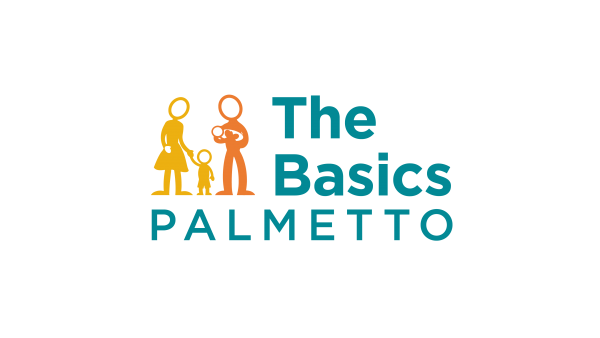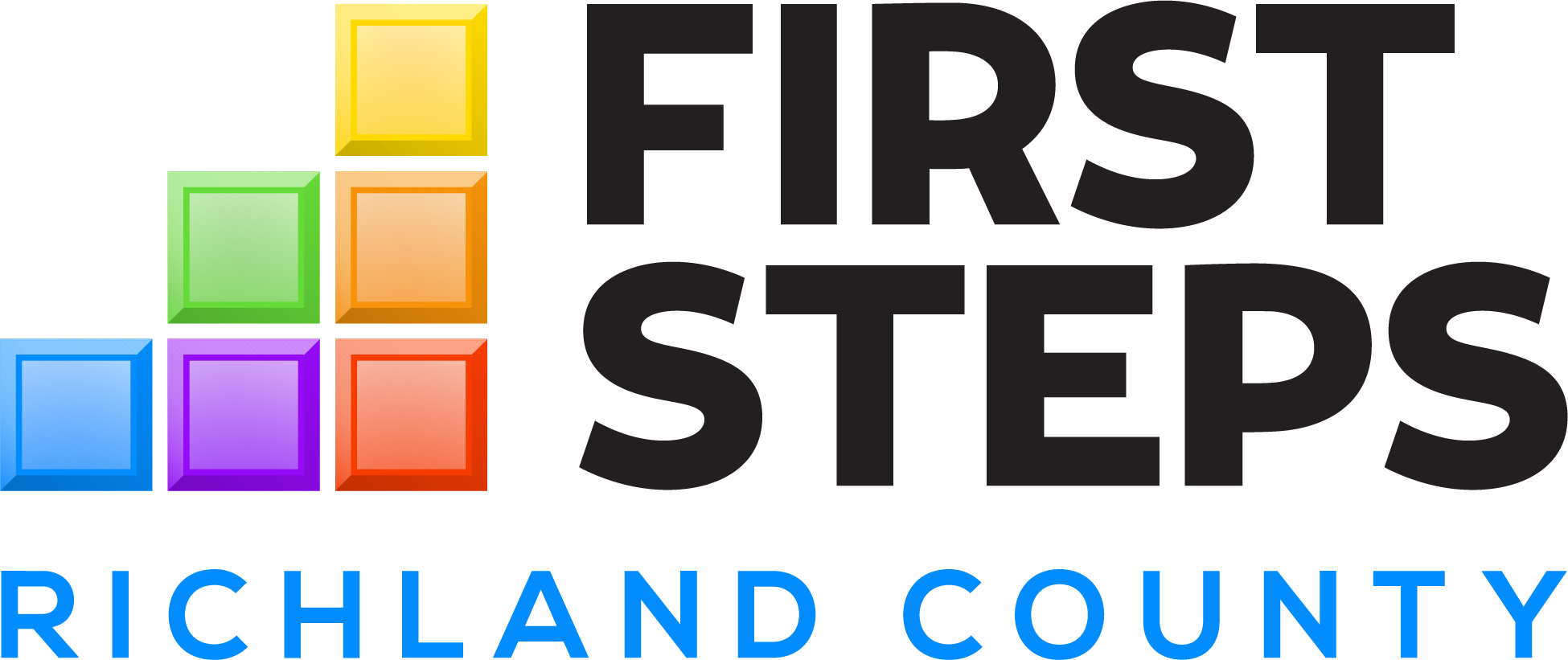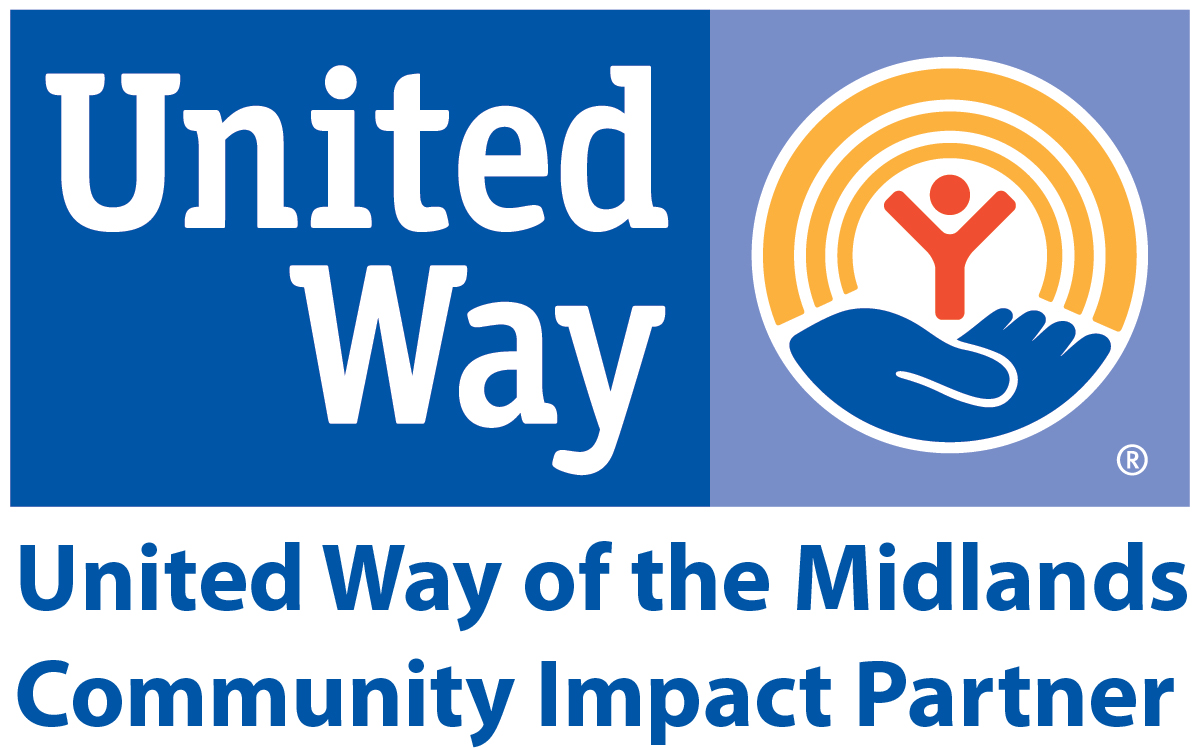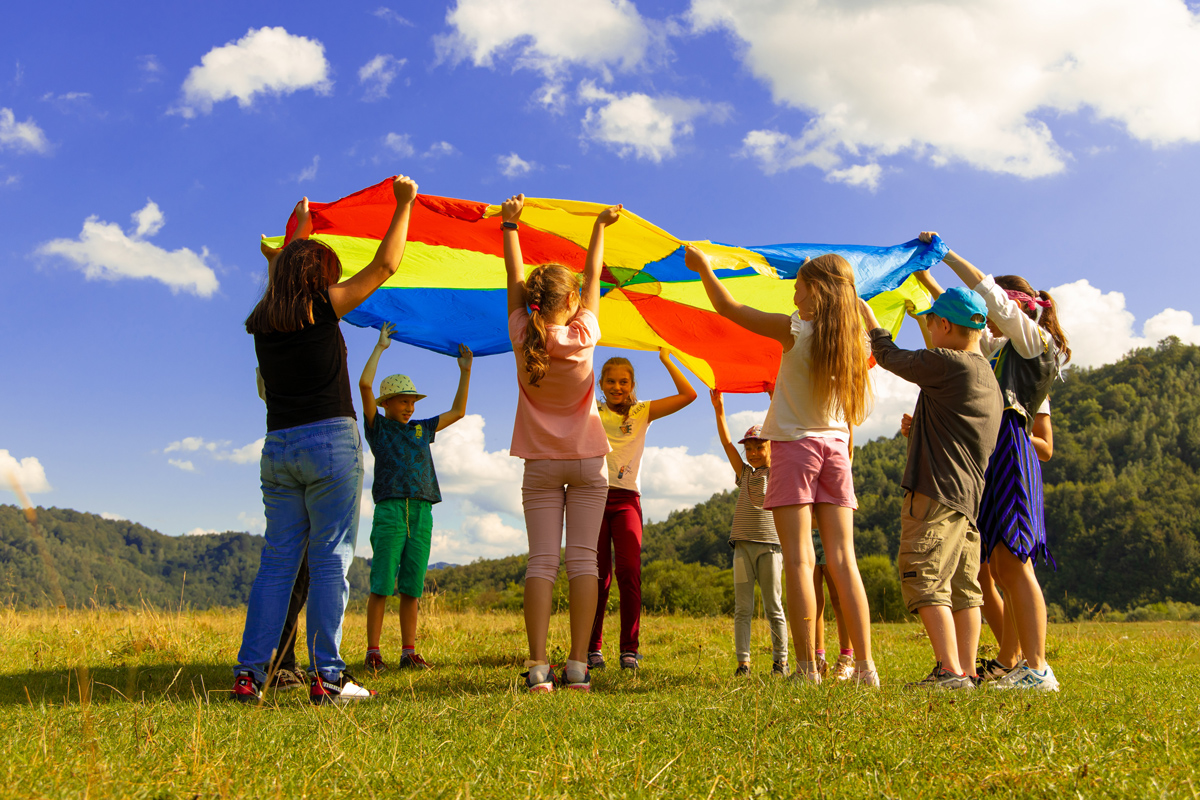
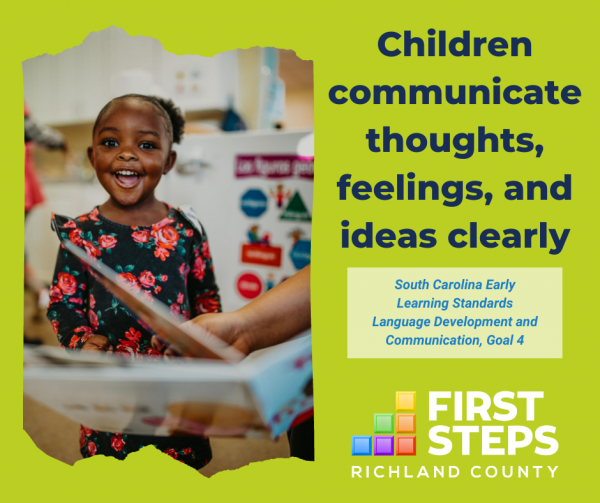
Each month, Richland First Steps selects one school readiness goal from the SC Early Learning Standards (SCELS) to spotlight throughout our programs for children, families, and child care providers.
This month’s concept comes from the Language Development and Communication domain of the SCELS. Like all of the standards, there are developmental indicators that show a child’s progress on this goal at each stage:
Infants (Birth to 12 months)
- Repeat actions to communicate (life arms to be picked up, point at desired toys).
- Make different sounds for different purposes (whimper when wet, cry loudly when hungry).
- “Babble” and pretend to talk using many sounds of sign languages used around them.
Younger Toddlers (8 to 21 months)
- Communicate through facial expressions, sounds, and body movements.
- Expect others to understand them and show frustration, often through their behavior, if not understood.
- Use non-verbal gestures to express ideas and feelings.
Older Toddlers (18 to 36 months)
- Communicate message with expression, tone, and inflection.
- Use speech that is understood most of the time by familiar listeners.
Younger Preschoolers (36 to 48 months)
- Communicate messages with expression, tone, and inflection appropriate to the situation.
- Speak clearly enough to be understood by familiar adults and children.
Older Preschoolers (48 to 60+ months)
- Use language and nonverbal cues to communicate, thoughts, beliefs, feelings, and intentions.
- Adapt their communication to meet social expectations (speak quietly in library, speak politely to older relative).
- Speak clearly enough to be understood by most people.
- State point of view, likes, and dislikes.
- Relay messages accurately.
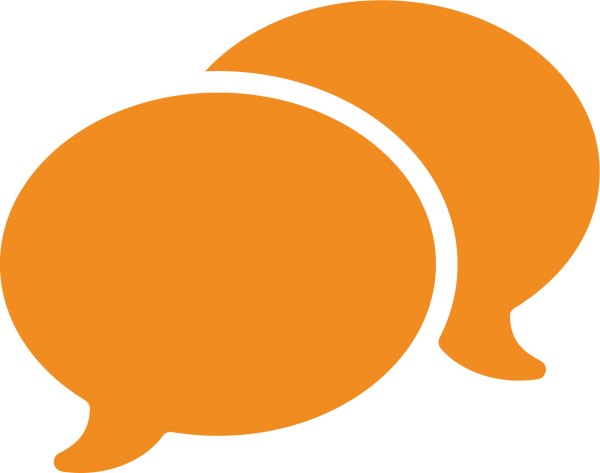
The Palmetto Basics are five fun, simple, and powerful ways that every family can give every child a great start in life. Here are just a few tips on ways you can use talking, singing, and pointing to help infants and toddlers develop language skills.
FOR INFANTS (0-12 months)
- TALK A LOT Talk to your baby from the time they are born during activities like changing, feeding, bathing, and errands. Describe what you are doing. Label the objects around you by naming and pointing to them.
- GO BACK AND FORTH When your baby makes a sound, show excitement in your face and voice! Respond to their sound with words. See how long you can keep the “conversation” going. It is very powerful when the two of you can stay focused on each other for a while.
- USE A PLAYFUL VOICE Talk with a gentle, playful voice. Exaggerate the sounds of the words. This may feel silly at first, but it is actually very important. Babies pay extra attention and learn more when you talk this way.
- USE REAL WORDS Don’t just use “baby talk,” also use real words. The more words your baby hears, the larger their vocabulary will grow. Think of words as nourishment for your baby’s brain!
- SING Sing songs to your baby. This is a fun way for them to learn language. You might have certain songs for special times of the day, like bath time or before bedtime.
- USE ANY LANGUAGE It doesn’t matter what language you speak with your infant. All languages are equally beneficial.
FOR TODDLERS (12-36 months)
- DESCRIBE LIFE Talk about the things you’re doing and what is going on around you. Have conversations as you walk around the neighborhood or do errands.
- BE SPECIFIC The more specific you can be with words, the more your child will learn. For example, instead of saying “Let’s go,” you could say, “Let’s go shopping at the grocery store to buy some food.”
- ADD IDEAS Help grow your child’s vocabulary by expanding on what he says. For example, if he says “doggie,” you can respond with, “Yes, that is a doggie. That doggie is brown and soft.”
- LISTEN AND RESPOND Listen to your toddler’s questions and answer them. Have a conversation. This is when the most powerful learning takes place.
- ASK QUESTIONS Get your toddler thinking. Have them explain what they are doing or what they think is going to happen. You may get some funny answers!
- USE YOUR HANDS When you talk about something, point to it. This helps your child understand what you mean. Encourage your child to point too. “Can you point to the triangle?” This will help them connect new words to the objects they represent.
- SING AND RECITE Sing songs and recite nursery rhymes. Choose ones you remember from your own childhood, read in books, or make up new ones.
USE ANY LANGUAGE It doesn’t matter what language
